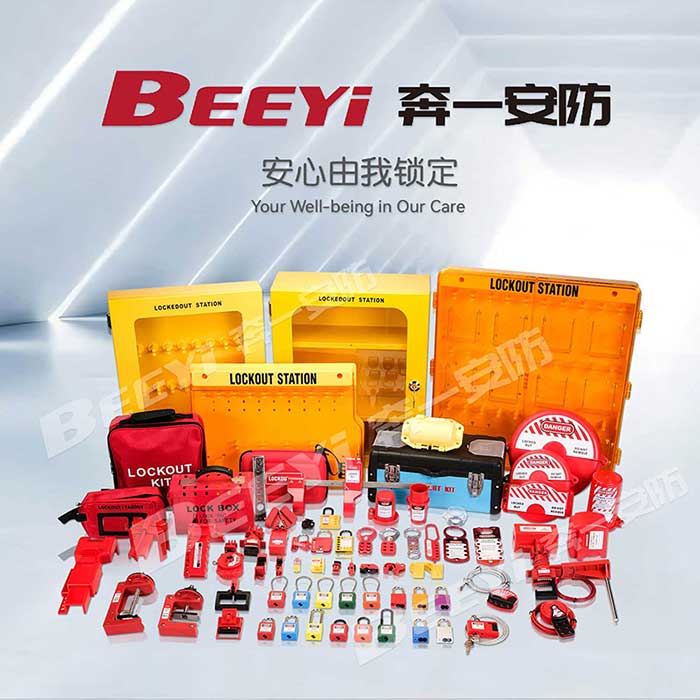In industrial environments, safety is paramount. The use of pneumatic systems—relying on compressed air to operate machinery—presents several risks, especially when maintenance or repairs are required. One of the most critical safety measures in these settings is the use of Industrial Pneumatic Lockouts. These devices help ensure the safety of workers by isolating and locking down pneumatic equipment, thus preventing accidental operation during maintenance procedures. This article explores the function, importance, and best practices related to industrial pneumatic lockouts.

What are Industrial Pneumatic Lockouts? Industrial pneumatic lockouts are safety devices designed to prevent the accidental release of compressed air or activation of pneumatic equipment during maintenance, repair, or service operations. These devices are used to lock valves, switches, and other pneumatic components in a safe, closed position. The goal is to ensure that no pressurized air is allowed to flow through the system until the maintenance is complete and the lockout is removed. These lockouts play a critical role in energy isolation, a key component of the safety standards established by organizations such as OSHA (Occupational Safety and Health Administration).